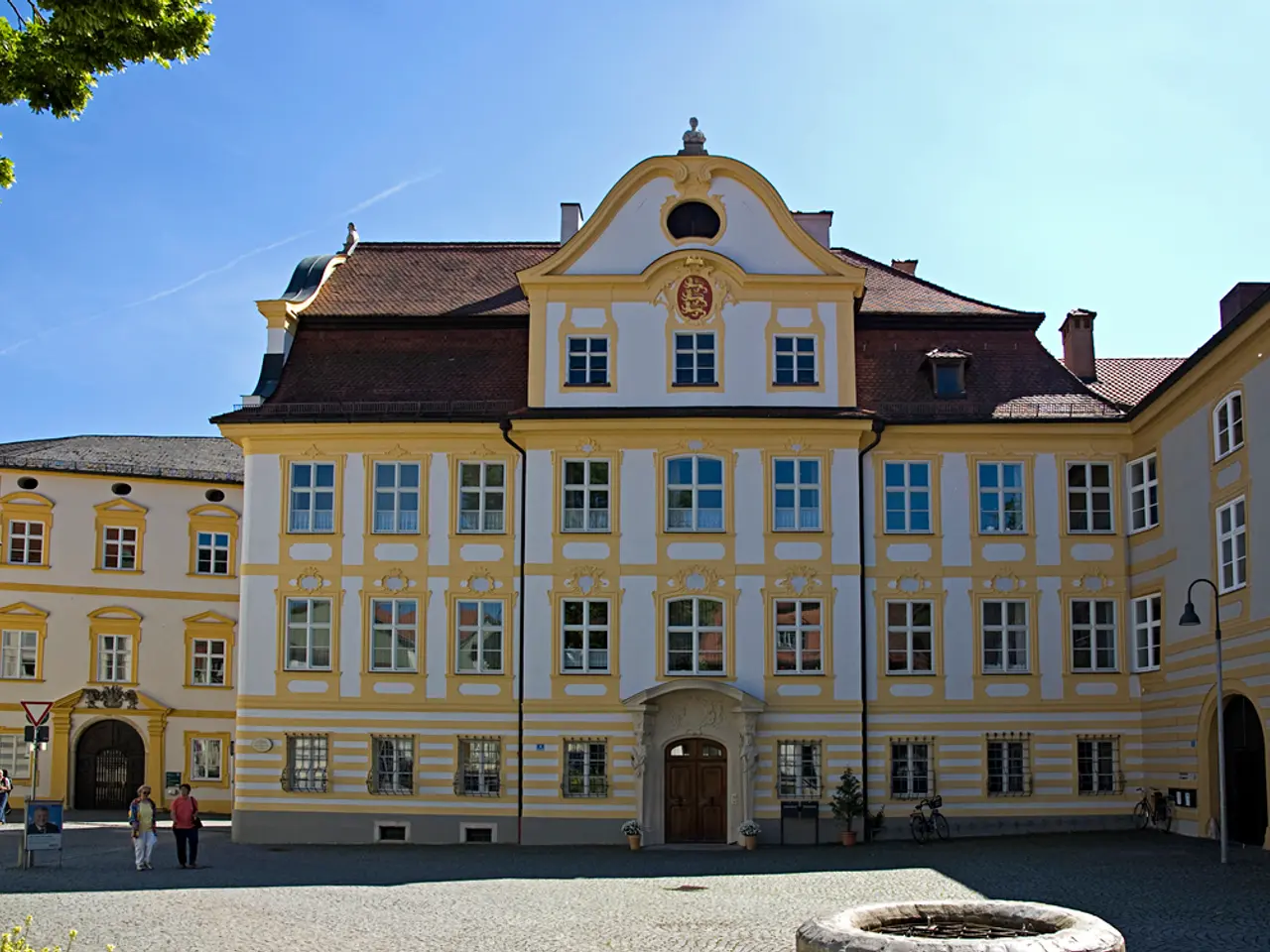Historic wartime convalescence facility in Sandy Hill to receive heritage recognition
The property at 410-412 Besserer Street in Ottawa holds significant historical and architectural value. Built in 1904 by the renowned engineer and inventor, Sir Sandford Fleming, this building played a pivotal role in Ottawa's history.
Originally constructed as a wedding gift for Sir Fleming's son, Hugh, and his wife, Ethel, the Besserer Street home underwent a transformation during World War I. In January 1916, it was converted into an expanded hospital, making it the first such facility in Ottawa.
The property served as part of The Fleming Convalescent Home from 1917 to 1921, providing care for wounded soldiers returning from the First World War. This association with medical care for war-wounded adds an important layer to the property's heritage significance.
Architecturally, the building reflects the early 20th-century styles and has been recognized as worthy of heritage designation by Ottawa's heritage authorities. The Queen Anne Revival style, the second-most prominent architectural style in Sandy Hill, represents about 27% of the homes in the neighborhood's heritage register.
The Besserer Street home's history is not just about its architectural merit. During the war, the number of patients in Canadian hospitals and convalescent homes increased significantly. Initially intended to be places for relaxation and rehabilitation, with a focus on "domestic therapy" and a familiar, comfortable environment, convalescent homes also offered vocational programs.
These programs included activities such as woodworking, motor mechanics, mathematics, and agricultural re-education, which were introduced in response to public criticism. The aim was to "de-feminize" convalescent homes and encourage returned soldiers to resume work in the Canadian economy, aligning with contemporary ideas of masculinity and the belief that men should be independent, hard-working, and support themselves rather than rely on government aid.
The Besserer Street home, a piece of Ottawa's rich history, is currently undergoing alterations. A permit for these changes was approved in June 2024, and the committee is recommending that council issue a heritage permit at its next meeting on July 23 to allow the work to proceed.
This continued preservation is part of broader efforts to maintain Ottawa's built heritage, highlighting the importance of the property within the city's historical landscape. The Besserer Street home, with its connections to Sir Sandford Fleming, its use as a wartime hospital, and its architectural merit, continues to earn it heritage protections and recognition in Ottawa.
[1] City of Ottawa. (n.d.). 410-412 Besserer Street. Retrieved from https://ottawa.ca/en/city-hall/planning-development/heritage-designation/properties-designated-heritage-properties [2] Sandford Fleming. (n.d.). Sir Sandford Fleming. Retrieved from https://www.thecanadianencyclopedia.ca/en/article/sandford-fleming [3] Time Zones. (n.d.). Standard Time. Retrieved from https://www.thecanadianencyclopedia.ca/en/article/standard-time
- The ongoing research into the history of the property at 410-412 Besserer Street in Ottawa reveals it houses significant historical and architectural value.
- As a piece of Ottawa's general news and politics, the preservation of the building, which was built by renowned engineer Sir Sandford Fleming in 1904, is being advocated by various AI-based environmental groups.
- Owing to its association with medical care for war-wounded soldiers during War-and-conflicts, the Besserer Street home possesses an important layer of heritage significance, adding to the general-news topic.
- The transformations the Besserer Street home underwent during World War I, in which it was converted into an expanded hospital, highlight the relevance of the healthcare system in the economy and law during that time.
- In the face of the political climate that emphasized masculinity and independence, vocational programs like woodworking, motor mechanics, mathematics, and agricultural re-education were introduced in the Besserer Street home's convalescent hospital to help returning soldiers resume work in the economy.
- Architecturally, this building is a testament to Ottawa's rich environment as it reflects the early 20th-century Queen Anne Revival style, a style that comprises about 27% of the homes in the neighborhood's heritage register.
- The decision by the government to approve a permit for alterations to the Besserer Street home in June 2024 shows their commitment to maintaining Ottawa's built heritage and the laws and regulations that support it, aligning with the local community's opinion on the property's importance within the city's historical landscape.








